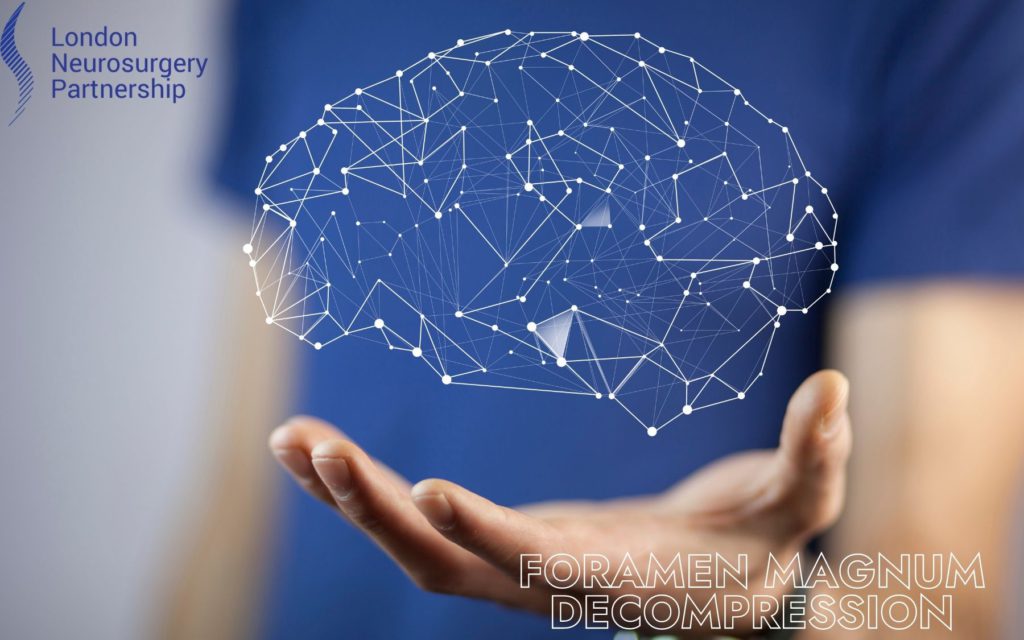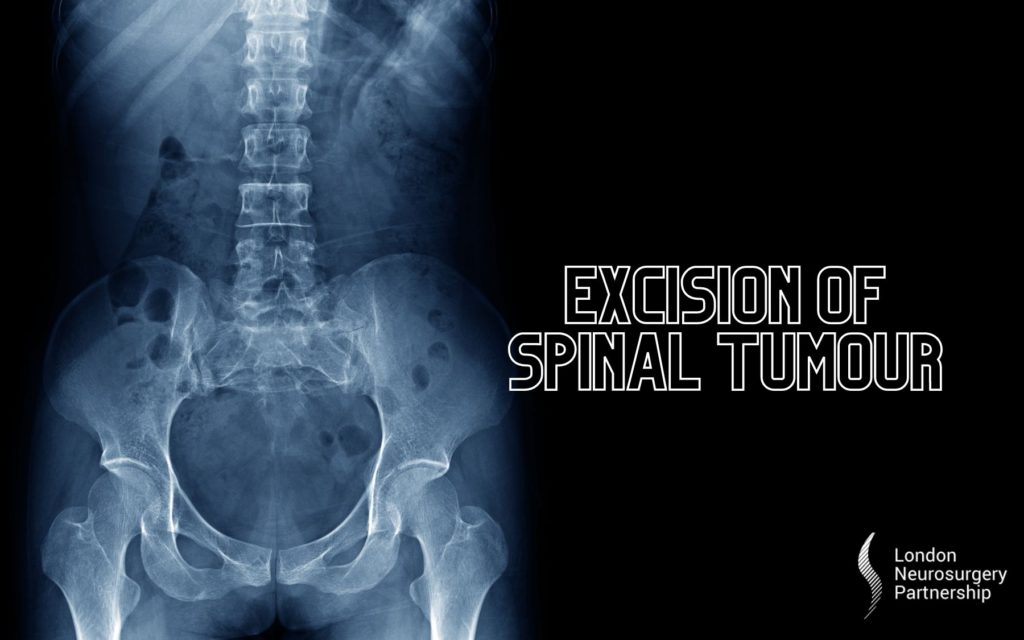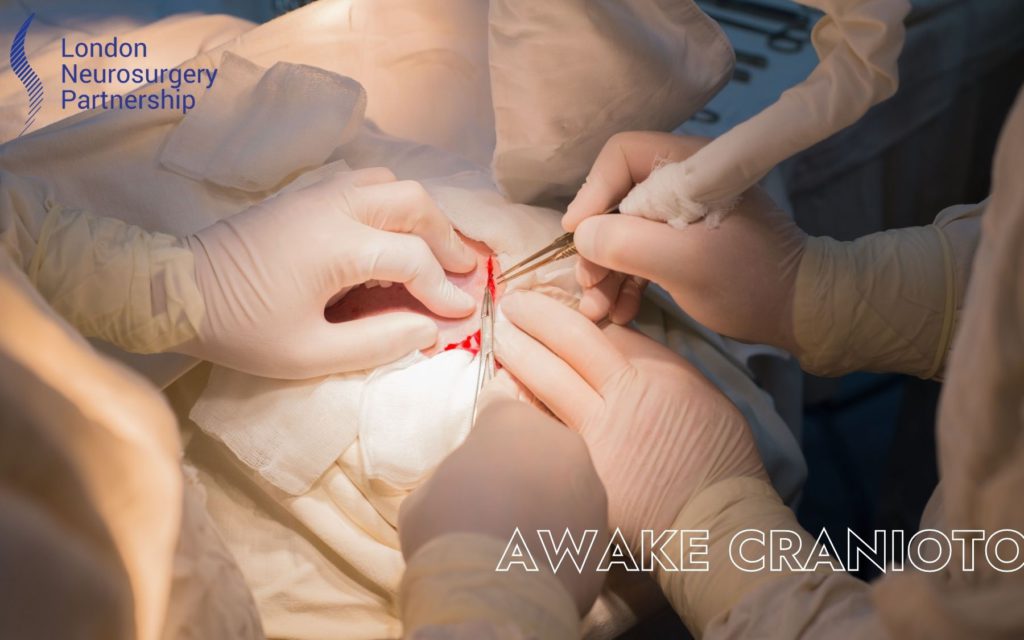
Foramen magnum decompression is a procedure used to treat Chiari malformation. Chiari malformation occurs when the spinal cord is under pressure from a lower part of the brain called the cerebellum. The process of foramen magnum decompression involves removing small parts of the base of the skull and sometimes the top of the spine to alleviate pressure on the cerebellum. At the base of the skull is an oval shaped opening known as the foramen magnum. This opening is where the spinal cord links to the brain.
The cerebellum, translated in Latin as ‘little brain’, is responsible for a range of voluntary movements and mostly all physical ones, such as walking or cycling.
Chiari Malformation
There are different types of Chiari malformation; however, foramen magnum decompression is used to treat Chiari I Malformation
As mentioned above, Chiari I malformation occurs when the cerebellum pushes into the spinal cord and brainstem. This can cause discomfort such as headaches and neck pain.
Cerebrospinal fluid (CSF) is found within the brain and central spinal canal. CSF acts as a cushion between the brain and skull and aids basic mechanical and immunological function within the brain. Chiari I malformation can stop the flow of CSF to the brain causing a build-up of fluid – when that occurs, this cyst like obstruction is known as a syringomyelia. This can cause discomfort, stiffness and other symptoms.
Chiari malformation can be caused by structural malfunctions in the spinal cord and brain during foetal growth. A poor maternal diet during pregnancy can also be a factor. If the skull is not large enough for the brain, this can also be responsible for lots of diagnosed Chiari malformations.
Symptoms
Despite the risks, many people who are diagnosed with Chiari malformation do not display symptoms and will not need treatment.
However, symptoms of Chiari Malformation can be…
- Balance and coordination issues
- Blurred vision
- Headaches, usually at the back of the head
- Neck Pain
- Muscle weakness
- Depression
Diagnosing and identifying Chiari Malformation can be done through different means, such as X-Rays, CT scans or MRI scans (the most common method).
Surgery and recovery
As with any surgery, there are risks involved; however, for foramen magnum decompression, serious complications are uncommon. Patients will need to provide a full and thorough medical history and will be run through the benefits and risks of the procedure. Pre-surgical tests are also required.
During foramen magnum decompression, patients will undergo a general anaesthetic. The head is usually clamped in place for precision. At the back of the head, a small section of hair is shaved to make way for a 5-10cm cut, depending on the patient. Small sections of the base of the skull, and sometimes the top of the spine, are removed by the surgeon to lighten pressure. The process takes roughly 3 hours.
Following surgery, patients will be prescribed medication and painkillers to aid recovery. Pain in the head and neck is common after surgery. Eventually, the surgery should show a reduction in symptoms, especially headaches.
If you would like more information on Chiari Malformation or a foramen magnum decompression then please do not hesitate to contact Mr Sanj Bassi for a consultation who has a subspecialty in the diagnosis and treatment of this condition.
This article is intended to inform and give insight but not treat, diagnose or replace the advice of a doctor. Always seek medical advice with any questions regarding a medical condition.





0 Comments